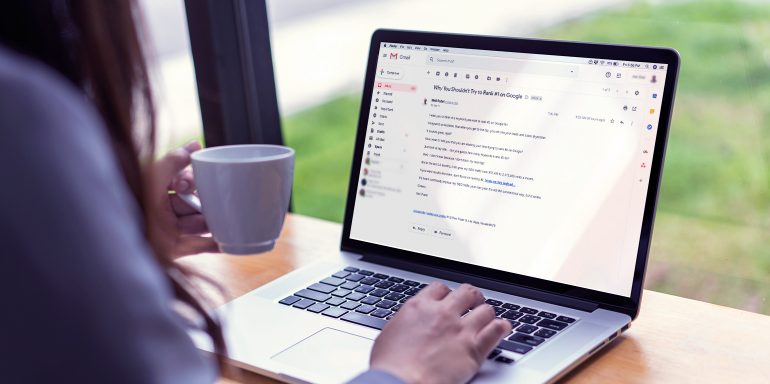In the digital age, marketing emails can sometimes look like a commodity because they mostly lack a unique character. It’s hard to tell one marketing email from another because they all read alike.
Plus, recipients feel there isn’t much in the email that addresses their needs or can solve one of their pain points. If that’s how your subscribers feel, too, they’ll treat your marketing emails no different than spam emails.
So how can you make your emails stand out and achieve their deserved impact?
Email personalization.
What exactly is email personalization?
Email personalization is the process of creating email content in ways that they more accurately understand and address the needs of the individual recipient. This remains true even though emails are being sent to a large number of subscribers.
Let’s understand it with an illustration.
The following image is a screenshot of an email from well-known influencer — completely impersonal:
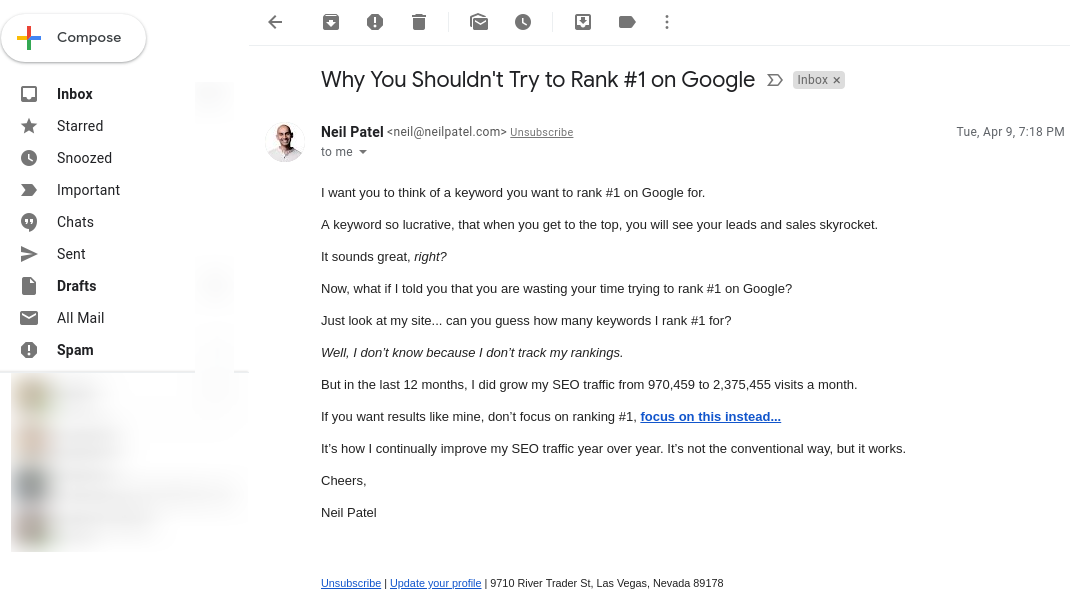
The above is a persuasive email, and from a top authority too. However, there isn’t anything in the email that demonstrates it was crafted for me. (Probably because my interaction with the brand is limited.)
Here’s an example of email personalization. Soon after a friend’s purchase on Amazon, he received the following email:
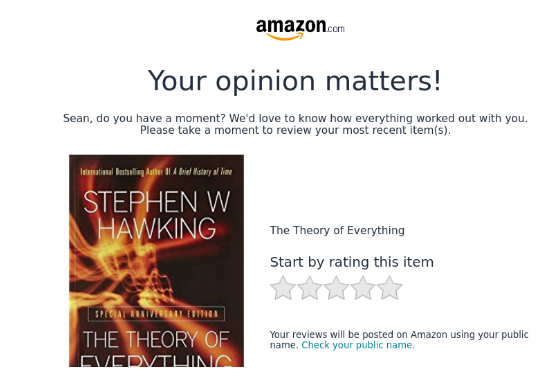
This email is a great example of personalization.
Amazon may be sending out hundreds of thousands of such emails to people daily, yet these emails are unique because they’re based on what the recipient purchased.
The two senders have vastly different objectives, so it won’t make sense to compare their emails. One thing’s sure: The second email is a great deal better example of personalization. The recipient feels this email is more relevant, more personal, though the email is completely automated.
Why you should personalize emails
Before newspapers and similar mass media, businesses had to rely on door-to-door salespersons. That was personalized sales in a primitive way.
Then, mass media gave marketers the power to mass marketing — you design one single print ad, and hundreds of thousands of prospects read it. And in the online world, publishing ads is easier and faster.
But mass media also made marketing communication impersonal. As a result, every message resonated with only a small segment of the population it reached, which is where email marketing comes in.
You can personalize your marketing email and make every recipient feel that you understand them and that you’re talking to them.
Of course, before you improve your email personalization, you must be clear about what success means and what you’ll measure in each campaign. There are a number of metrics in email marketing, so it’s best to define what metrics matter to you the most. Once you have identified the most important metrics to your campaigns, it’s time to start personalizing the email content with the following tips.
Step 1: Collect information (the right way)
The easiest (but not necessarily the most common) method is to ask questions. You could do it in one of the several ways possible:
- Pose a question or two on your social media handle
- Use Google Forms to find out more
- A third-party survey service (e.g. SurveyMonkey)
- Leverage the shopping history of your recipients and see what patterns you can establish
Shopping history will show you the seasonal variations in the way people buy from you. It could tell you what kind of products people buy together:
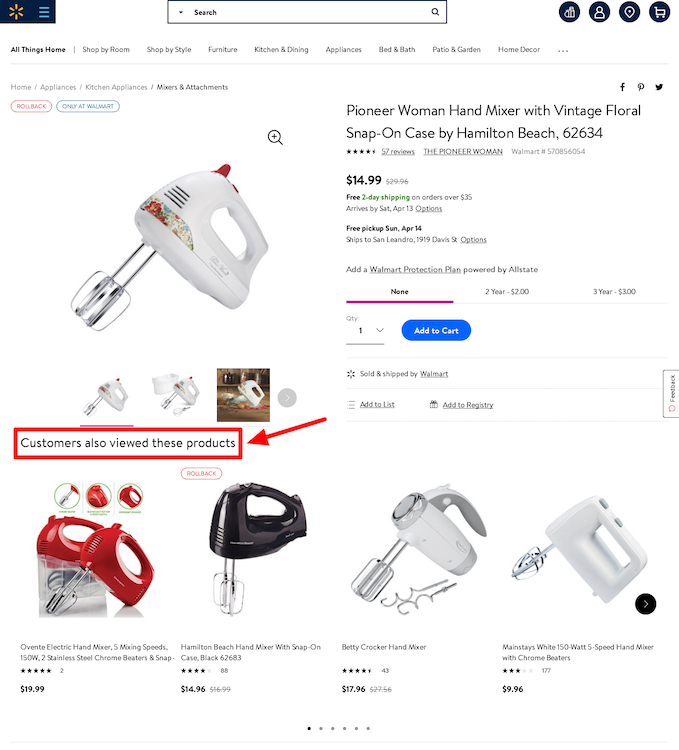
Apart from this, you can also review abandoned shopping carts and see what insights they give you. Keep probing to get a better grasp over your buyers’ mind.
Step 2: Build your customer’s profile
At the end of Step one, you have reasonable information about your customers. That could include the problem they’d like to solve, their demographics, budget, previous engagement with you (or a competing brand), the factors they rate important….
Also referred to as a buyer persona, this exercise is the next step in personalizing your marketing communication.
Of course, it’s not always possible to get all the information about your potential or current customers. The idea is to learn as much as possible so that you can deliver more relevant offers and content.
As you begin developing a better understanding of your customers, your email content will change. You’ll also be able to change the kind of offers you send them. For instance, once you realize that most of your customers are ages 21 to 25, you’ll stop sending them offers to buy superhero action figures that interest 8-10-year-olds and offer something more relevant.
Check out the sample buyer persona below:
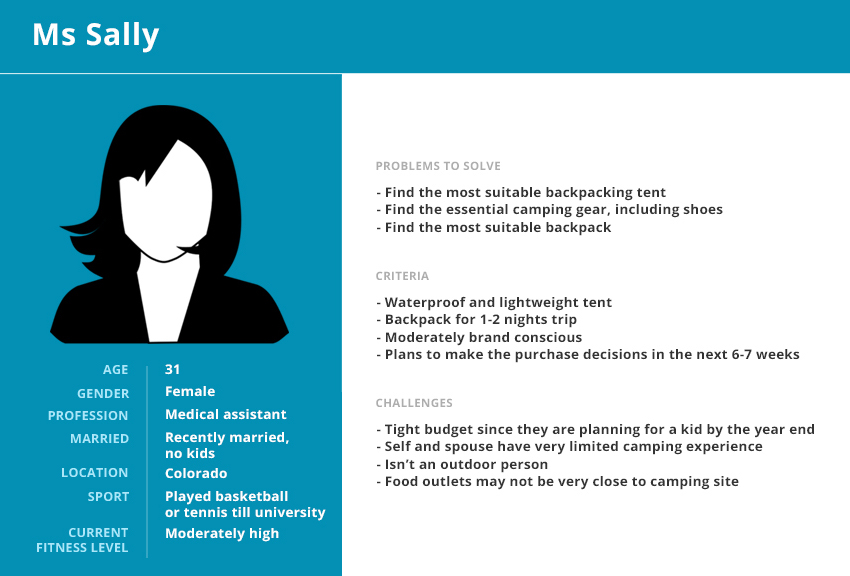
Building your customer profile is also a kind of reality check on how your customers actually use your products.
Occasionally, products are used in a way that’s slightly different from the way they were initially intended. For instance, not many people know that the bubble-wrap used today as a safer packaging material for fragile items was initially meant for wallpaper!
Understanding your customer helps you position your product more closely to the way the product is used.
Step 3: Craft your best offer and content
This is where you begin to have separate buckets for customers with different preferences and characteristics. This segmentation is an integral part of email personalization best practices:
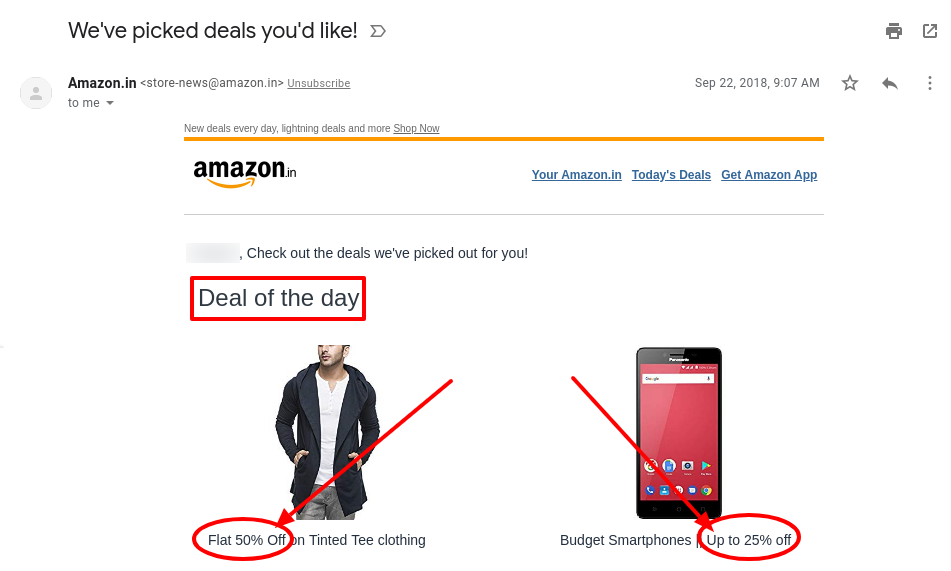
One of the easiest, and yet highly effective, methods to segment your list is geographic segmentation of your subscribers. With the help of that information alone, you can:
- Choose the best time to send out emails
- Craft geography-specific offers: emails to subscribers from North Dakota are different from emails to subscribers from Florida
- Improve content that shows you understand their side of the world
- Celebrate the diversity of your customer base
Another way of segmenting your lists is classifying your subscribers where they stand in your sales funnel. The deeper your prospect goes, all incidental information, even information about similar products, begin turning into distractions. That’s because they all compete for the prospect’s attention.
Remove these distractions as your prospect proceeds further down the funnel and retains only content that helps them make a purchase decision faster.
Look at the three comparisons below: the “distractions” get reduced drastically as the prospect gets closer to signing up:
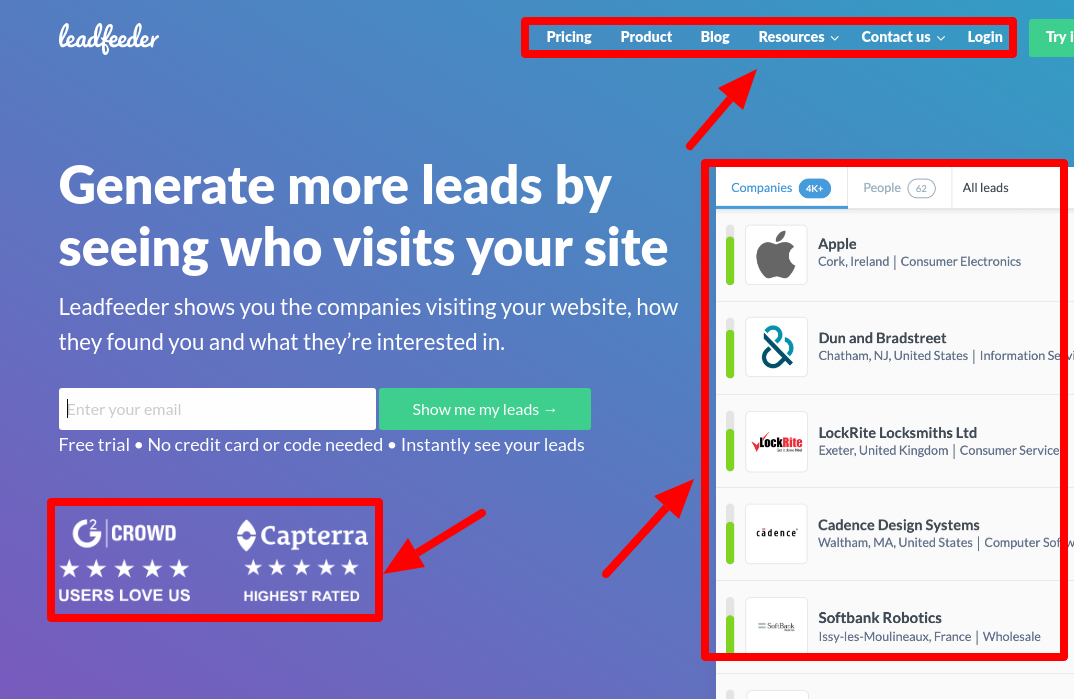
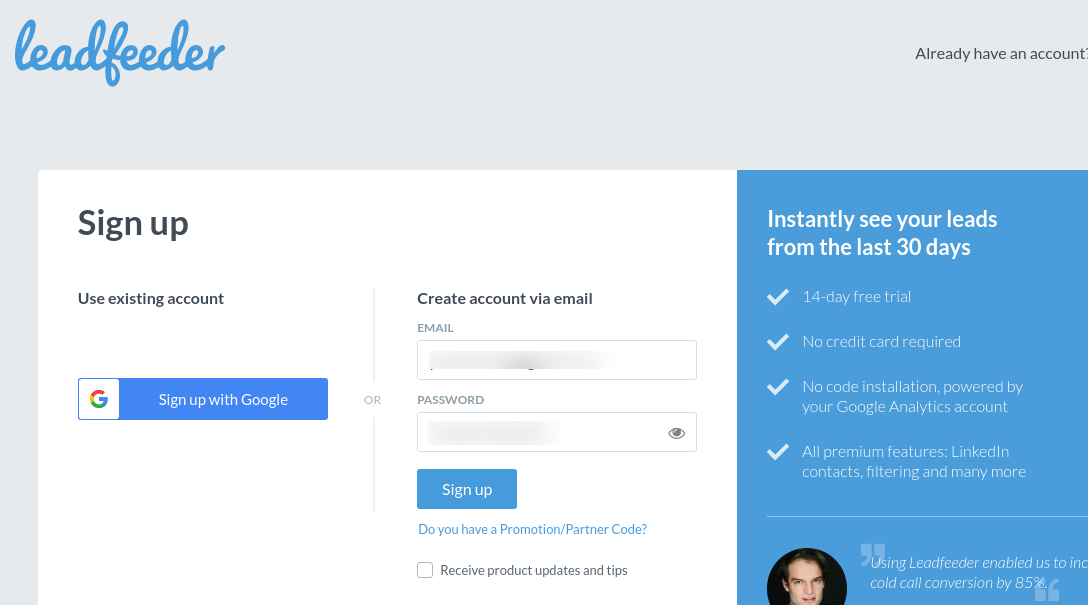
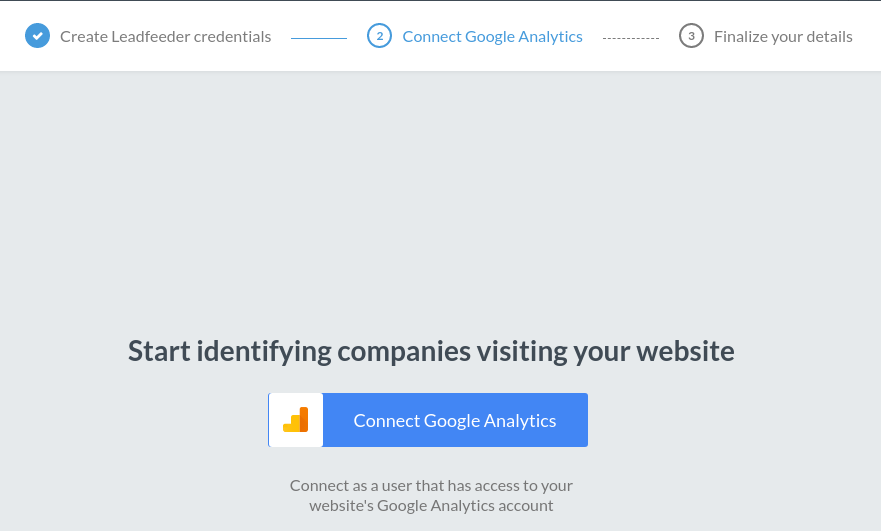
So here’s the takeaway: competing offers, alternatives, multiple versions of the same products etc. are all distractions to someone who’s on the verge of subscribing to your service.
Step 4: Use personalized content
Automation can make things easier and faster, but you must be careful. Sample this letter from the famous novel, Catch-22:
Dear Mrs., Mr., Miss, or Mr. and Mrs. Daneeka:
Words cannot express the deep personal grief I experienced
when your husband, son, father, or brother was killed, wounded,
or reported missing in action.
The letter is an exaggeration for satire, but the risks of using automation without giving it a second thought are very real.
Your emails can appear very impersonal and mechanical. They may look like they are addressed to nobody in particular and thus satisfy no one’s needs.
On the other hand, there are emails that appear to be written exclusively for you and nobody else. See how DiggityMarketing demonstrates that:
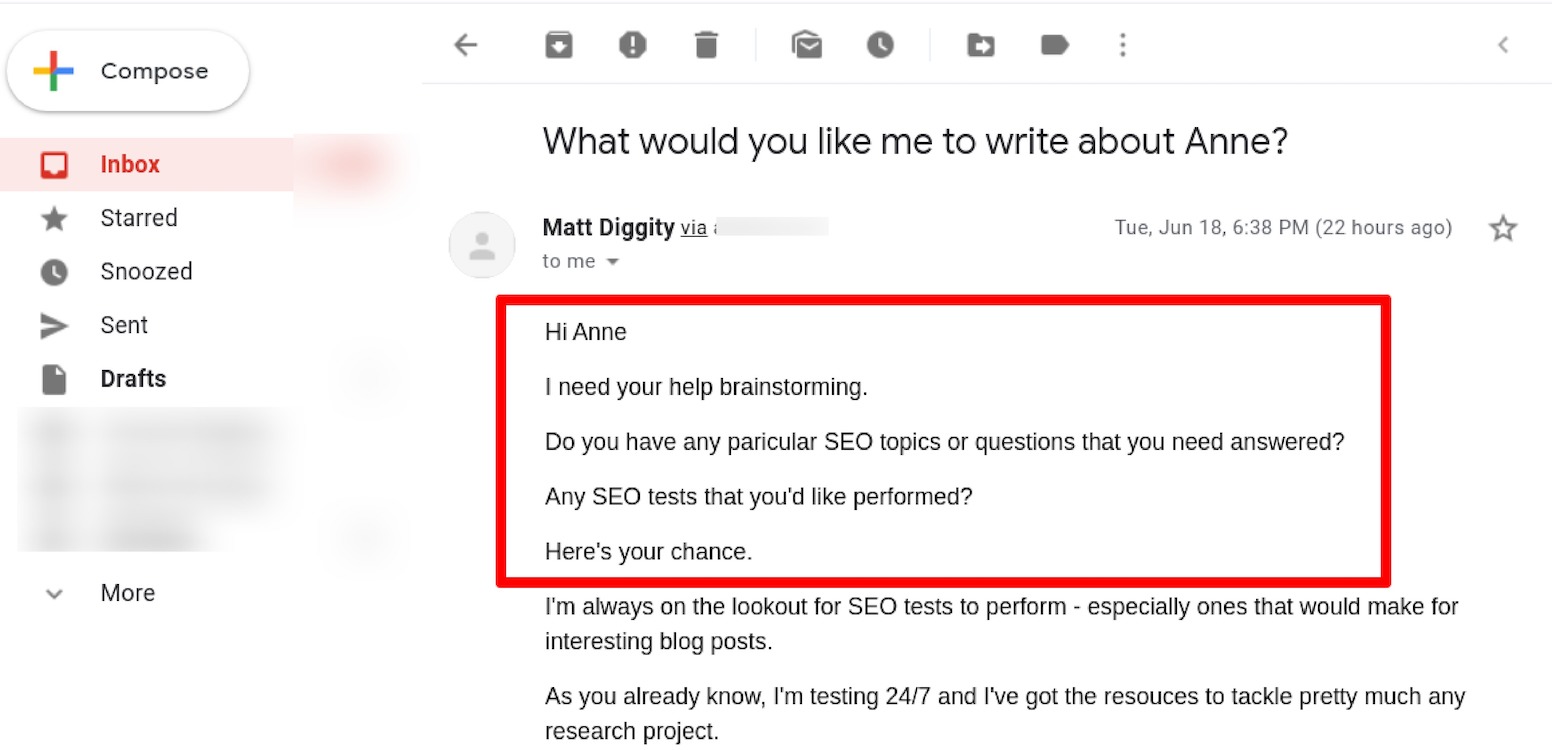
Dynamic content is one option, but one of the most popular methods in email marketing to achieve personalization is to set up automated trigger emails that respond based on subscriber actions. According to a DMA report, emails that were triggered by one or more recipient behaviors brought 30% of revenue.
The benefit of trigger emails is that you serve every subscriber according to the actions they take. Once you’ve designed it, the system is self-sufficient in taking care of itself.
Scheduling trigger emails becomes the final step in email personalization. Here is a simple, hypothetical system to give you some idea:
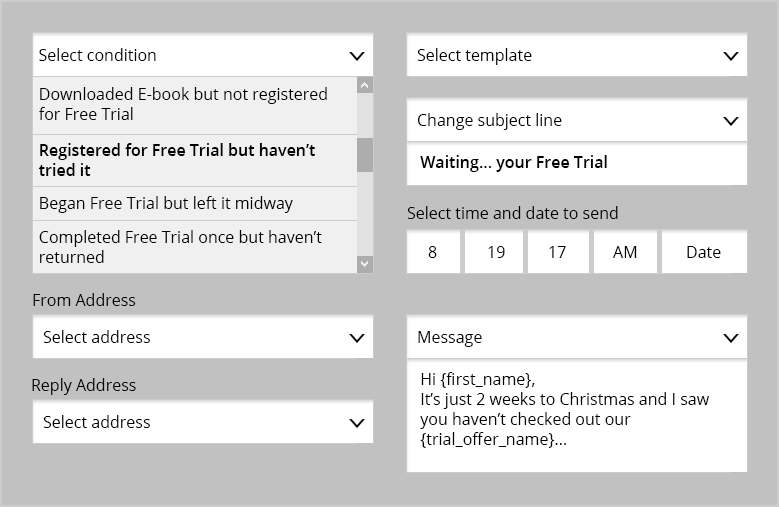
Conclusion
It’s important to remember that personalization doesn’t mean there’s one unique product for every prospect. It’s about the number of ways buyers believe your products will help them.
Every single response from the buyer could be a pointer to how and why your services are used. Use every piece of information to craft a more accurate picture of your buyer.
The better you understand your customer, the deeper your relationship becomes. And deeper relationships are always the best way to grow businesses.
